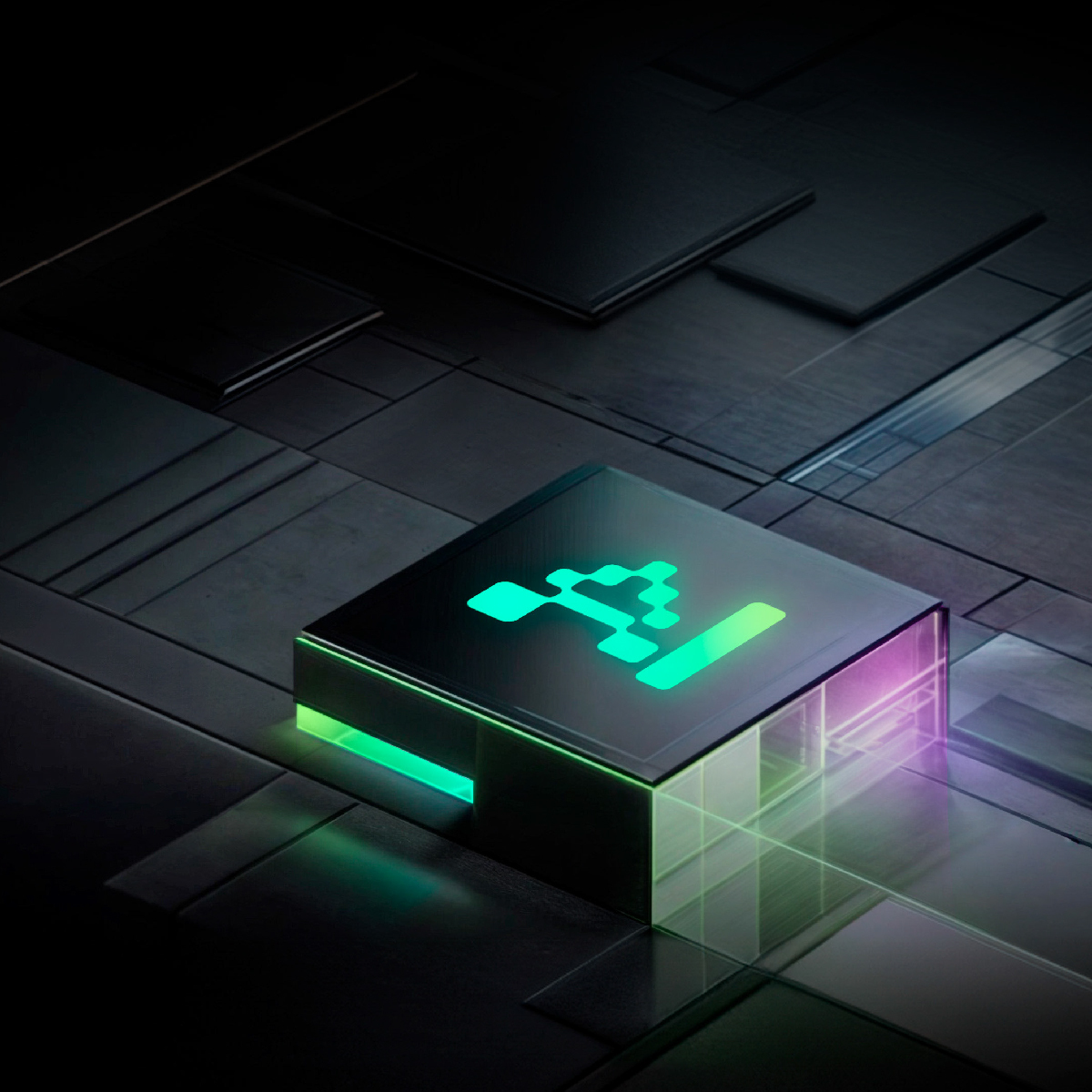Join our newsletter



Key Takeaways
1. XR Overview: Encompasses Virtual Reality (VR), Augmented Reality (AR), and Mixed Reality (MR), offering varying levels of immersion in digital and real-world environments.
2. Diverse Applications: XR is used in gaming, education, retail, healthcare, architecture, and industrial fields for immersive experiences and practical solutions.
3. Technological Advancements: Major improvements in headsets, tracking systems, and content creation tools like Unity and Unreal Engine have enhanced XR experiences.
4. Challenges: High costs, technical limitations (resolution, field of view), and user comfort issues still hinder broader adoption.
5. Future Growth: As technology advances and costs decrease, XR adoption is expected to increase across industries, offering more innovative applications.
Extended Reality (XR) is a broad term encompassing technologies that enhance or replace the real world with a computer-generated one. It's a spectrum that includes three primary components:
XR has a wide range of applications across various industries, including:
XR technology has advanced significantly in recent years, with improvements in hardware, software, and content creation tools. Key advancements include:
Despite its rapid growth, XR still faces several challenges, including:
User Experience: Ensuring a comfortable and engaging user experience is crucial for the success of XR applications. Factors such as ergonomics, weight, and battery life are important considerations.
However, the future of XR looks promising, with ongoing advancements in technology and increasing adoption across various industries. As the technology matures, we can expect to see even more innovative and immersive XR experiences in the years to come.